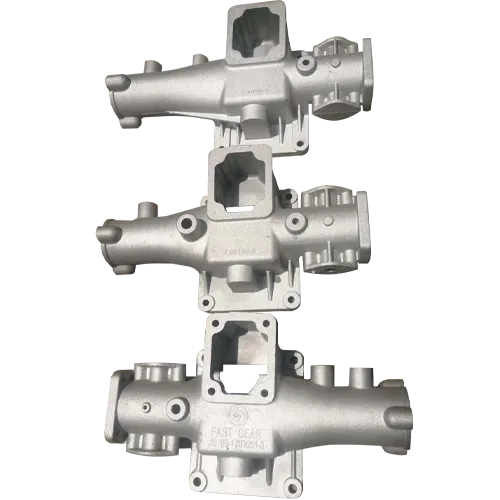Mobile:+86-311-808-126-83
Email:info@ydcastings.com
low temp metal casting
Low Temperature Metal Casting An Innovative Approach
Metal casting has long been a cornerstone of manufacturing, enabling the production of intricate components across various industries. Traditional casting processes often require high temperatures to melt metals, which can lead to energy inefficiencies and increased production costs. However, the advent of low temperature metal casting has revolutionized the industry, offering numerous benefits while expanding the range of applications for cast metals.
Low temperature metal casting typically involves the use of alloys with lower melting points, such as bismuth, lead, tin, and their respective alloys. These metals possess melting points that can be significantly lower than those of conventional materials like aluminum or iron. For instance, bismuth melts at around 271 degrees Celsius (520 degrees Fahrenheit), making it suitable for processes that require less energy and can be performed safely without specialized equipment.
Low Temperature Metal Casting An Innovative Approach
In addition to cost savings, low temperature metal casting allows for enhanced safety. The lower operating temperatures significantly decrease the risk of burns and other heat-related accidents. This is particularly crucial in educational settings where young learners are introduced to metalworking techniques. Moreover, the environmental impact of metal casting is lessened since carbon emissions associated with energy-intensive processes are reduced.
low temp metal casting

The versatility of low temperature alloys extends their application beyond just artistic or decorative purposes. These materials are being increasingly used in the manufacturing of precision components, especially in industries like electronics and automotive. For instance, low temperature cast metals can create intricate electronic housings that require precise dimensions and finish quality. Additionally, these alloys are suitable for producing prototypes and small batch runs, where the quick turnaround is essential.
One notable application of low temperature metal casting is in the production of jewelry. Artists and designers have embraced these techniques, allowing for the rapid creation of custom designs and intricate shapes that would be difficult to achieve with traditional methods. The casting process can yield detailed textures and smooth surface finishes, which are highly desirable in the fashion jewelry sector.
Furthermore, low temperature metal casting supports sustainable practices by facilitating the use of recycled materials. Since many of the low melting point metals can be sourced from recycled products, this approach not only minimizes waste but also promotes a circular economy within the metalworking industry.
In conclusion, low temperature metal casting represents a significant evolution in the field of metalworking. By leveraging the benefits of lower melting point alloys, manufacturers can enhance efficiency, reduce costs, and improve safety while expanding the range of possible applications. As the industry continues to innovate, the adoption of low temperature casting techniques is likely to grow, paving the way for more sustainable and versatile manufacturing practices. This transformative approach could define the future of metal casting, making it accessible to a broader range of creators and industries.
-
Understanding Metal Casting TechniquesNewsApr.02,2025
-
Understanding Exhaust Manifolds for Enhanced Engine PerformanceNewsApr.02,2025
-
The World of Metal FabricationNewsApr.02,2025
-
Key Components for Pump and Turbo EfficiencyNewsApr.02,2025
-
Essential Tools for Automotive Maintenance and RepairNewsApr.02,2025
-
Durable Valve Components for Effective Water ManagementNewsApr.02,2025











